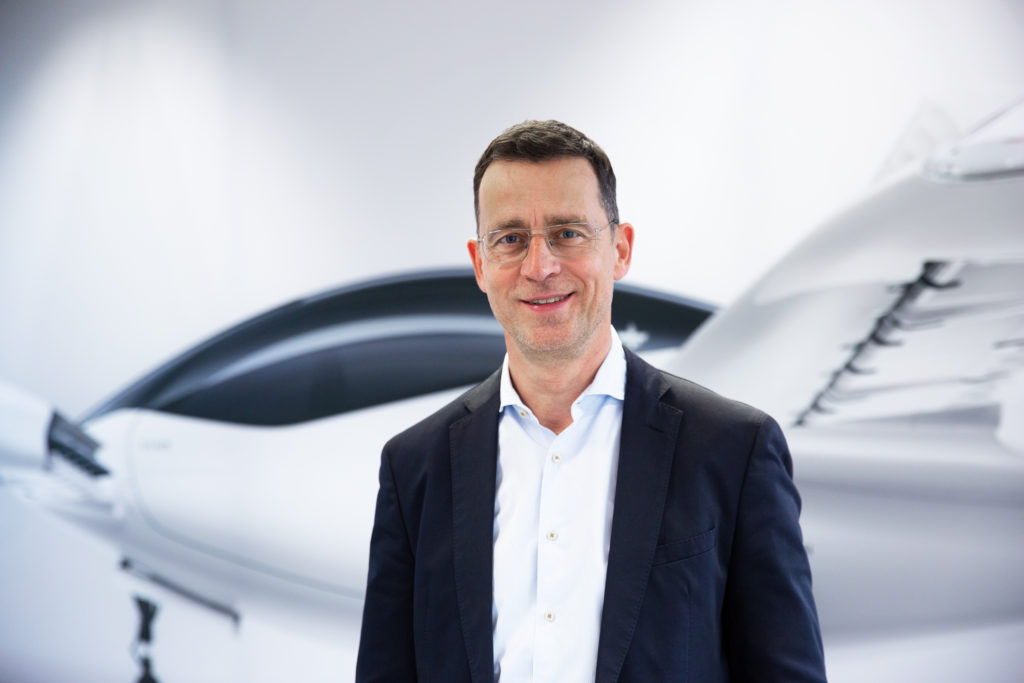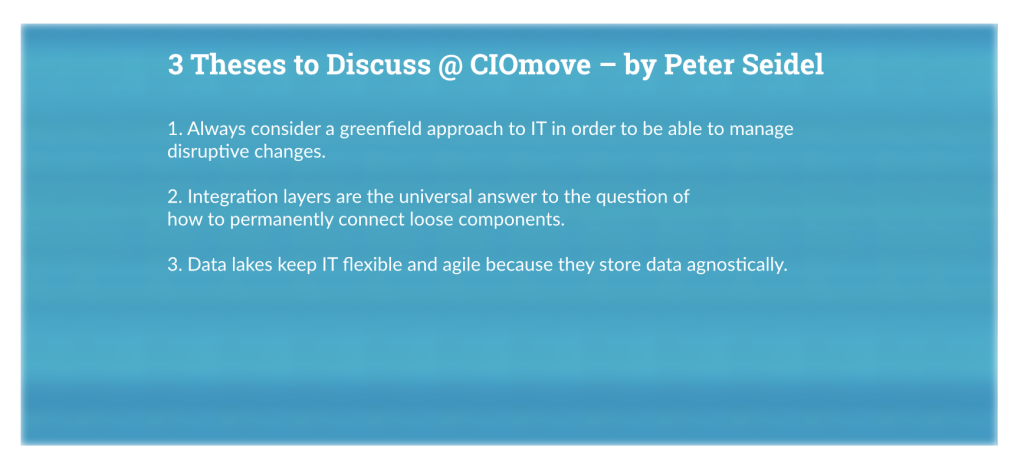
Herbert Diess, the former CEO of VW, described modern cars as “computers on wheels” a few years ago, and he was certainly right. For the, well, what actually, aeroplanes, helicopters and air taxis from Lilium, this is even more true: the “vertical take-off and landing jet” are inconceivable without IT.

After many years of development, Lilium has now started production of the Lilium jets, which are to be put through their paces and tested in practice at the company’s headquarters in Oberpfaffenhofen and then in Spain.
CIO Peter Seidel’s Global IT is responsible for almost all IT at the company near Munich – including the environments for aircraft engineering. Only the IT used in the aircraft (avionics) is the responsibility of Engineering. Peter works with an IT infrastructure that could also be characterised as a greenfield approach in a former start-up (Lilium was founded in 2015, but has been listed on the US technology exchange NASDAQ since 2021).
“But the greenfield thing wasn’t really so flawless,” says Peter Seidel, who only joined the company a few years after it was founded. “Lilium was an engineering company in which the specialists took care of the development of the aircraft,” recalls the CIO. The result was an IT system that had already grown and was expanded or changed as required, but was never actually strategically developed.
This is why there is always a reason to think about greenfield, i.e. building new units “from scratch” – on the one hand, even though Lilium already has a (cloud-based) IT infrastructure, and on the other, because this infrastructure has grown over time: For Peter Seidel, it often enough turns out to have “grown pragmatically”, as he calls it, “with many limiting factors from the early days: little time for development, little money for investment and always under the premise that most of the funds were put into the development of the aircraft.” This sometimes leads to individual components not interacting optimally or not (or no longer) fulfilling current requirements. As a result, in recent years the CIO has also had to dismantle what didn’t fit and make strategic additions so that it not only fits in the past, but also in the years to come.
Constructing a target architecture
To avoid such unnecessary disruptions in IT, Peter advises constructing a target architecture over a number of years that provides the company with a longer-term perspective. This largely rules out uncontrolled growth and keeps all options open for integrating different systems in different iteration stages. Innovation is then no coincidence, but always part of a longer-term plan.
On the other hand, in order not to simply create a generic IT system with his long-term plan, Peter Seidel defines the paradigm of so-called functional blocks for Lilium, which are assigned clearly defined tasks, can be integrated into existing systems, but do not break these systems if they need to be replaced or exchanged at some point. However, this only works if IT connects the systems via an integration layer – and keeps them together.
Data Platform – the infrastructure premise for long-term goals
Second component in a growing, but not wildly proliferating system: Data lakes. This is where companies can store and manage their data, even if those responsible do not yet know exactly what they will do with it. Data lakes also function as puddles, but can easily expand into large lakes – the data and applications don’t care, but the CIO responsible for the IT landscape does: he wants the systems to run, be scalable and future-proof.
